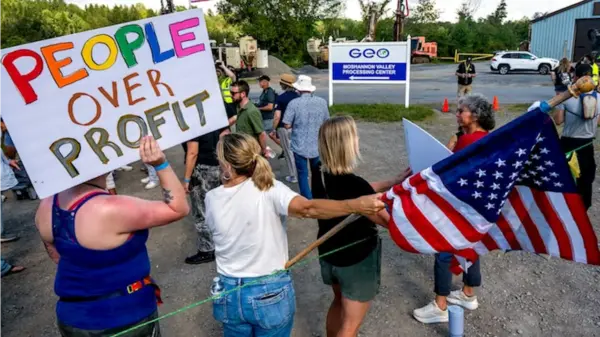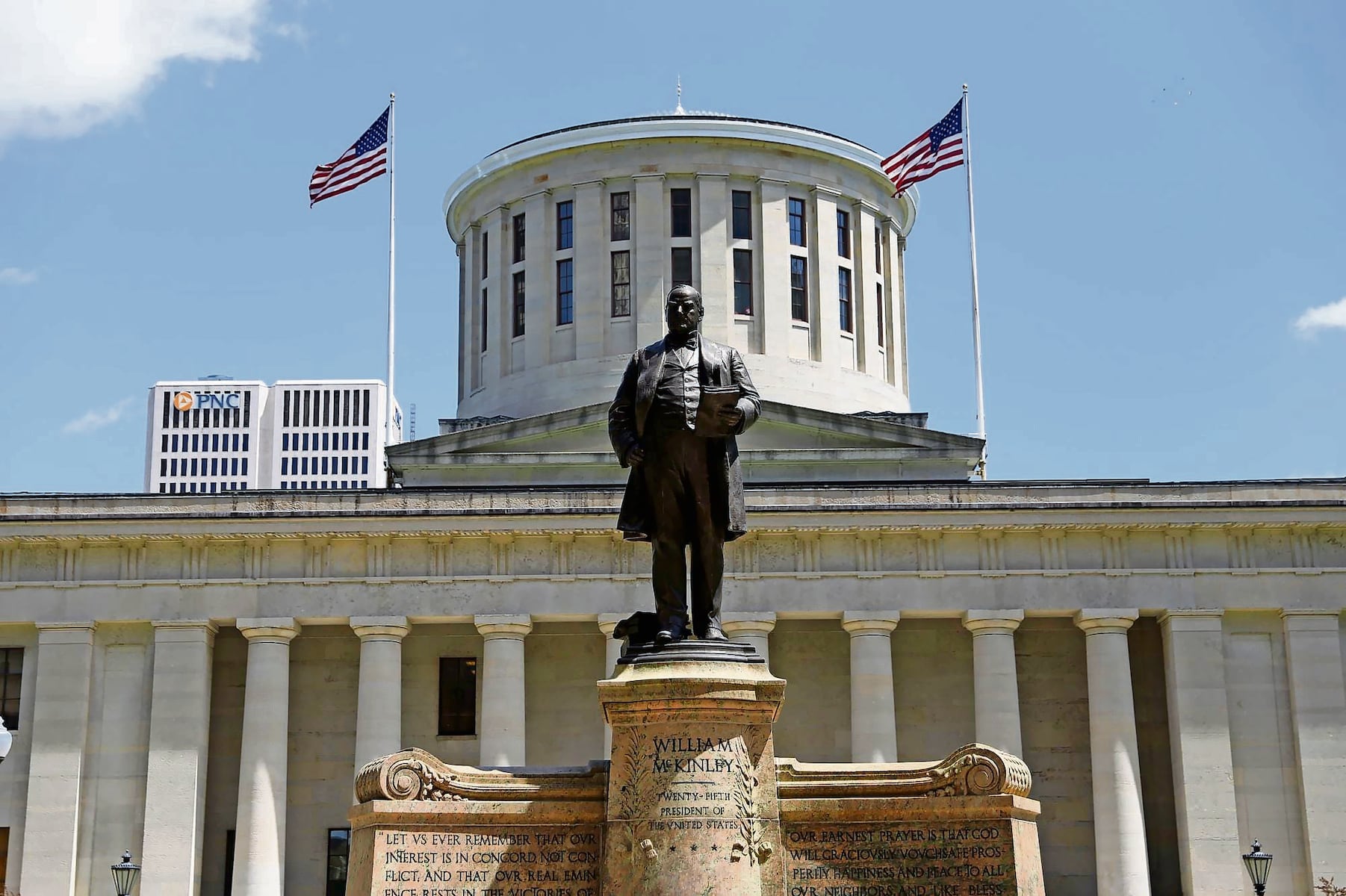Legislation allowing 14- and 15-year-olds to work until 9 p.m. has passed the Ohio Senate and is now awaiting the signature of Governor Mike DeWine. This decision follows a workforce shortage exacerbated by the COVID-19 pandemic, which led state legislators to explore ways to increase youth employment while addressing childcare issues.
Under the new bill, young teenagers will be permitted to work between 7 p.m. and 9 p.m. throughout the year with the consent of their guardians. During discussions, Kent Smith, a Democrat representing Euclid, emphasized the need to prioritize parents’ ability to work over their children’s employment. Conversely, Republican Jerry Cirino framed the bill as a solution for businesses facing labor shortages during evening hours.
The financial implications of this legislation are significant. Employers in Ohio typically pay a minimum wage of $10.70 for non-tipped workers, which is linked to inflation. However, businesses can pay 14- and 15-year-olds the federal minimum wage of $7.25 per hour. This provision could lead to substantial savings for employers while providing young workers with more opportunities.
The House previously rejected a similar proposal in 2023, but the newly approved bill has gained traction, reflecting shifting priorities in the state’s approach to youth employment. As it stands, the Fair Labor Standards Act mandates that individuals aged 14 and 15 cannot work past 7 p.m. This new legislation would alter that restriction, potentially setting a precedent for other states to consider similar measures.
Critics of the bill argue that it risks exploiting cheap labor, while supporters view it as a means to empower young workers and help families manage financial pressures. The discussion surrounding this legislation underscores broader societal concerns regarding work-life balance, youth development, and the economic landscape post-pandemic.
As the bill awaits the governor’s approval, Ohioans are closely watching its potential impact on families and the state’s economy. The outcome may influence future legislative efforts aimed at labor regulations for young workers across the United States.




































































